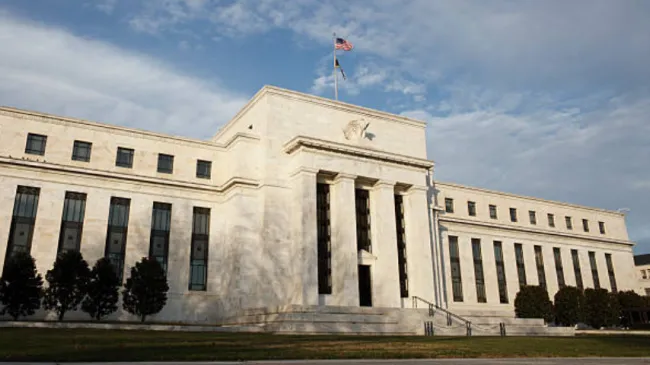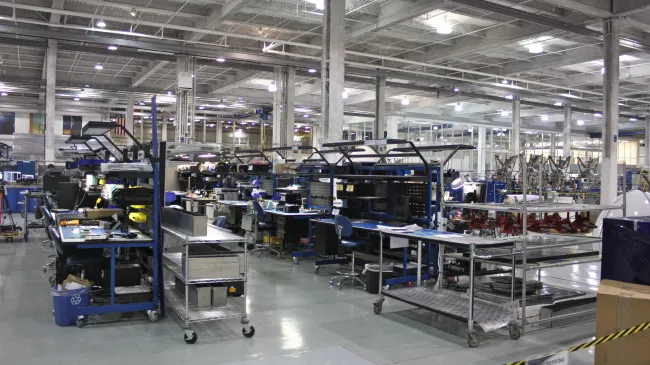Panic of 1819—and 2002
American business, once held in high regard and master of all it surveyed during the frenzied booming 1990s, suddenly finds itself cast upon the rocks. The economic cycle of boom and bust is fascinating stuff. Its essential elements are repeated endlessly throughout the dusty pages of financial history. All of this makes Murray Rothbard’s book, The Panic of 1819, particularly interesting, timely, and enlightening.






